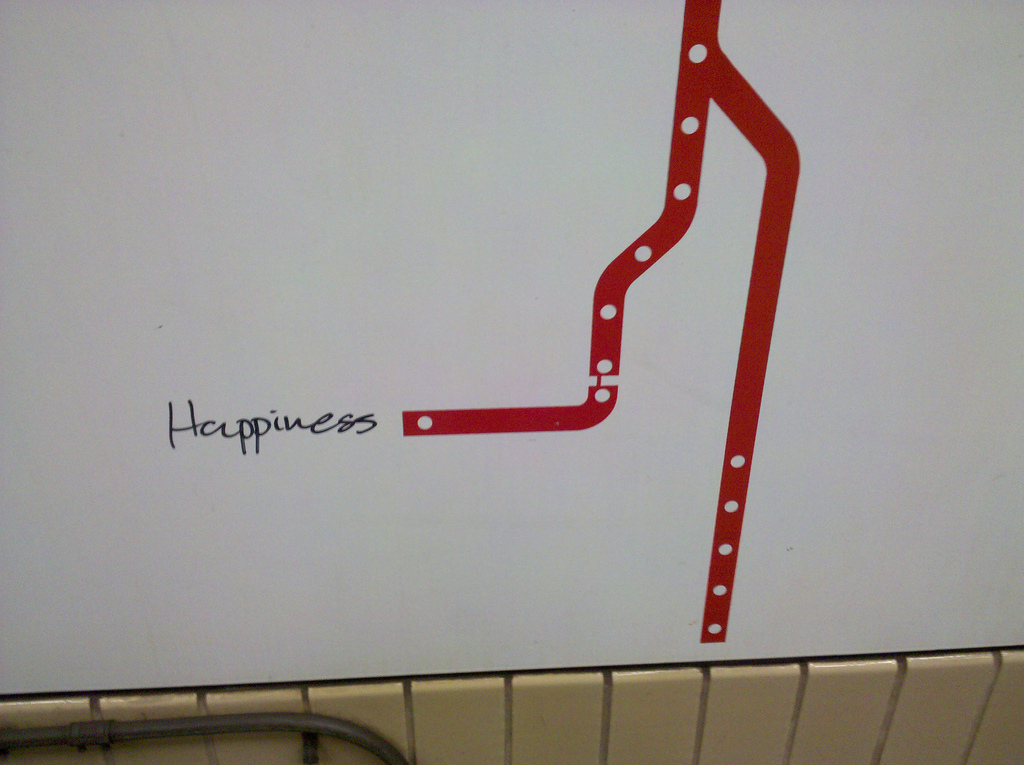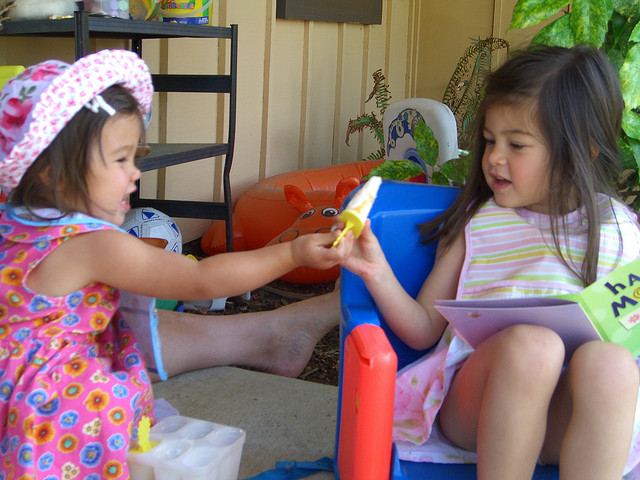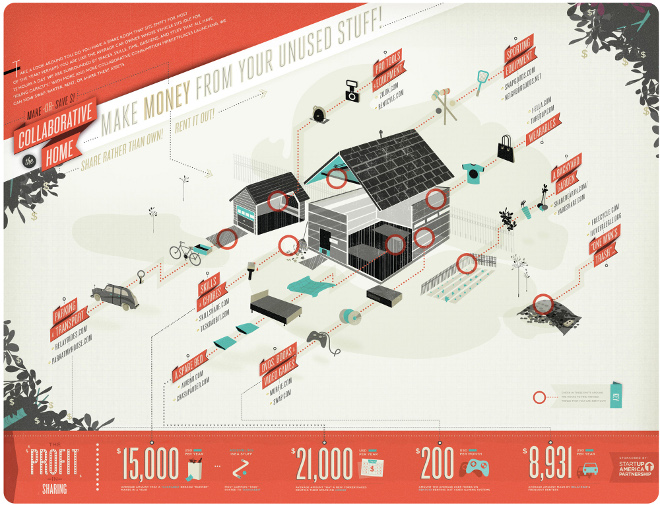
With unemployment remaining a serious issue in the United States, many students are returning to school in hope that it will give them a leg up in the workforce. Formalized education is supposed to confer upon students a higher status that allows for greater opportunities, yet sadly this is not always the case.
Growing up in Michigan, you would always hear people lament of the days when you could graduate high school and go over and get a decent job at the auto plant with a wage large enough to support your family and a decent pension. In fact my high school was strategically located just across the street from a GM plant so young students could graduate and get their union card on the same day. Unfortunately as G. Asenath Andrews, the principal of Catherine Fergueson Academy points out now, “If you don’t finish high school, you can get a job at McDonalds, and if you finish high school, you can get a job at McDonalds.” What’s the incentive for education then, if after twelve years you still find yourself with the same options?
So the question, then, is how do you create an education system that expands a student’s economic options? Perhaps the most direct solution to this problem is job training. For example Youth Build employs low-income youth to build affordable housing in their communities while getting their GED or high school diploma. The youth in the program get on-the-job training and leadership development in the program that prepares them to enter the workforce. At my own high school, General Motors offered full scholarships for students in engineering as long as they promised to work for the company for two years after they finished their schooling. Colleges around the country are also working with industries to create professional programs that help train students for available jobs.
But what happens when the economy shifts again, and the skills you have are no longer applicable? How do you train students not only for the jobs available now but the jobs in the future? That’s where 21st Century Learning comes in, a framework for teaching students the skills they need to succeed in our new economy. Instead of focusing solely on knowledge (i.e. reading and math test scores), they focus on giving students the tools they need to find out and apply information to real world problems.The 21st Century Framework focuses on the 4Cs – Critical thinking and problem solving, Communication, Collaboration, and Creativity and innovation. It shifts the role of a teacher from being a sage on the stage, imparting knowledge to students, to being a guide on the side who helps students find the information for themselves. In this way they are preparing students for the lifetime of learning necessary to succeed in this economy.
One example of 21st Century Learning in action is the Dewitt Creativity Group, which re-imagines a school as a center of creativity for the community. As founders Jason LaFay and Jeff Croley state, “This is an economy that requires people to develop and exercise skills and forms of knowledge such as: critical thinking, technological proficiency, willingness to accept the differences of others, networking, constant reinvention of the self, and the ability to design and implement innovative concepts/practices. Without these skills and forms of knowledge individuals, communities, and countries will fail to prosper.”
To train students for the new economy they’ve turned their classroom into a center of creativity where students work on initiatives such as the Adopt-A-Business program, where students gain real work world experiences by providing creative services to businesses. In this program, students are presented with real-life problems. They have to research, propose, and implement solutions, teaching them how to apply their education to business needs.
While I was working in Detroit, I got to work with Catherine Fergueson Academy, a school for young pregnant women and mothers committed to providing a relevant education that prepares them to succeed. Their school puts their students in real-world work places and engages in discourse and dialogue on setting and reaching their educational goals. One of the first things you’ll notice about the school is they have a working farm in the back where students are trained in how to grow their own food and agribusinesses, how to make a profit selling the products of their harvest. Students take care of bees, an orchard of fruit trees, vegetables, and even goats and rabbits. The farm teaches them a new way of thinking about the planet and consumption, how to take care of themselves and their family, and how to make money.
In order to become successful in this chaotic economy we need to train our students to become part of what Fast Company calls Generation Flux. “What defines GenFlux is a mind-set that embraces instability, that tolerates–and even enjoys–recalibrating careers, business models, and assumptions.” From the earliest age, young people are asked to identify what “they want to be when they grow up” but what happens if the world no longer needs automobile workers or firefighters? Members of Generation Flux need to be able to pick up new skills quickly, solve problems, and make connections to constantly create new opportunities. In order to train this new generation we need schools to become hacker spaces, labs, and incubators where students can experiment, collaborate, research, and apply what they’ve learned.
Today much of my career has been built on working with social media. But when I graduated high school, Facebook was still exclusive to college students and Twitter hadn’t been invented yet. There were no classes on social media in college but I was able to build the knowledge of the new technology on my own and apply what I had learned about best practices in communications to this new medium. To succeed in today’s economy a student needs to be a detective to figure out how to learn whatever skill is relevant to the day’s realites and connect the dots between what is already known. We need new systems of education that are focused on building skills for the modern workplace and once again providing an education that opens doors for new economic opportunities.




